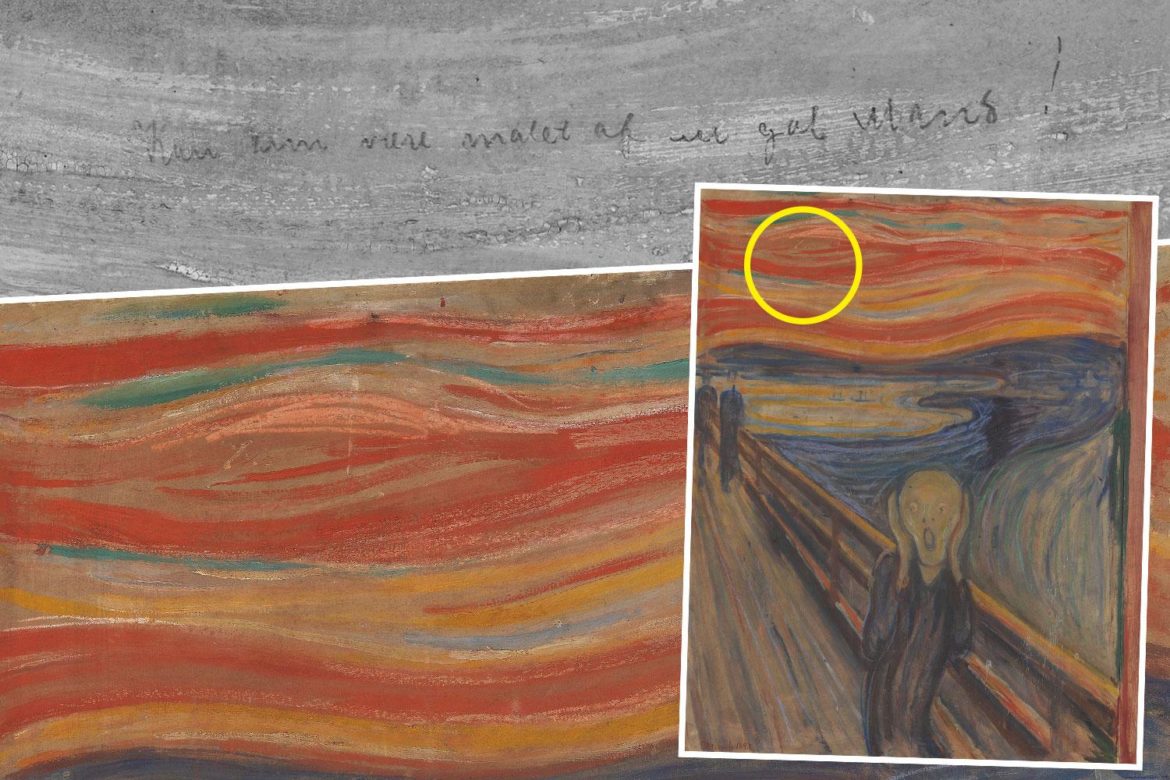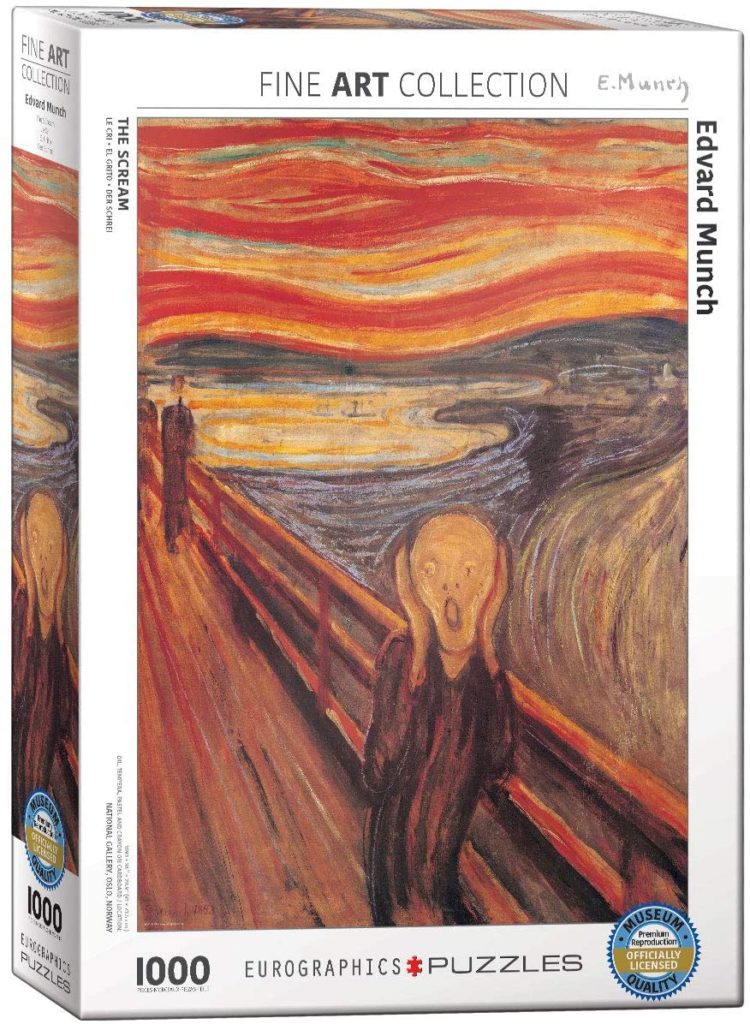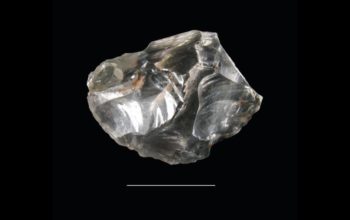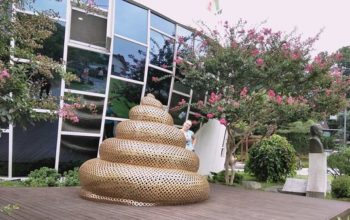So, who wrote the mystery inscription in Edvard Munch’s “The Scream”, one of the world’s most famous paintings?
The following written content by Nina Siegal
Edvard Munch’s “The Scream,” from 1893, is one of the world’s most famous paintings, but for years art historians have mostly ignored a tiny inscription, written in pencil, at the upper left corner of its frame, reading: “Could only have been painted by a madman.”
Who wrote the sentence there? Some thought a disgruntled viewer might have vandalized the work while it was in a gallery; others imagined it was the artist himself who had jotted the enigmatic sentence. But then why?
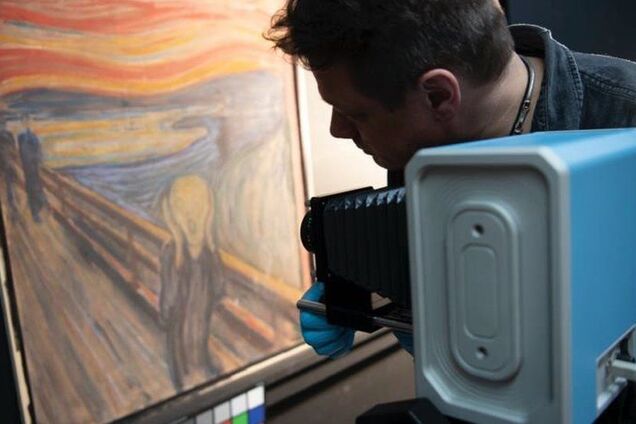
Curators at Norway’s National Museum of Art, Architecture and Design, which owns the artwork, announced Monday in Oslo that they have determined that the text was indeed written by the artist.
“It’s been examined now very carefully, letter by letter, and word by word, and it’s identical in every way to Munch’s handwriting,” said Mai Britt Guleng, the museum’s curator of old masters and modern paintings, who was in charge of the research. “So there is no more doubt.”
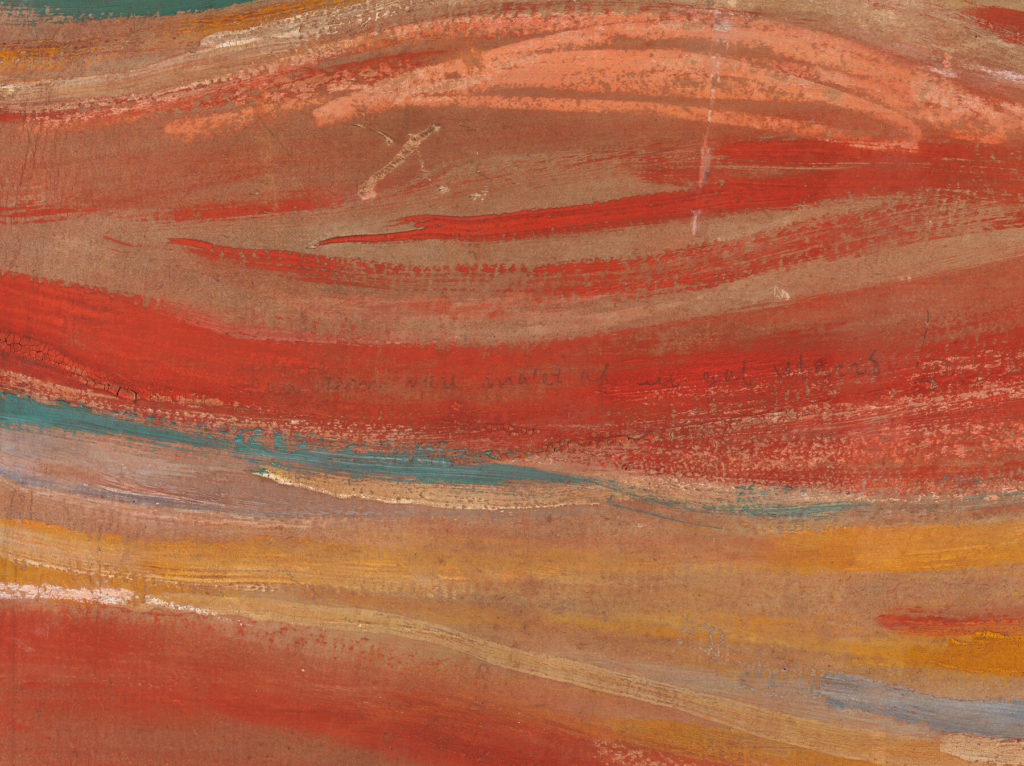
Munch painted four versions of “The Scream” from 1893 to 1910, depicting a skeletal figure on a bridge holding his face while screaming in agony. The first version, painted in tempera on panel with pastels, is the one owned by the National Museum, and is the only one that bears this inscription.
In his diary, Munch wrote that the painting was inspired by “a gust of melancholy.” It has become a symbol of existential angst and called the Mona Lisa of modern art, and has been reproduced and copied widely. (Two other originals are in Norwegian museums; an 1895 version, in pastel on cardboard, is owned by a private collector.) Read more from The New York Times.
Subscribe here
Advertisement

